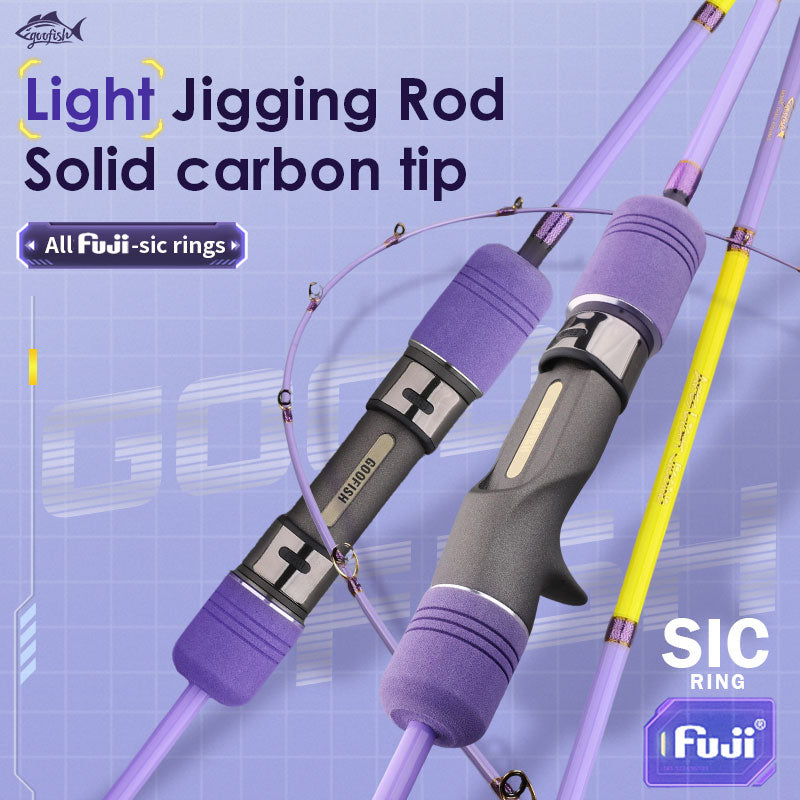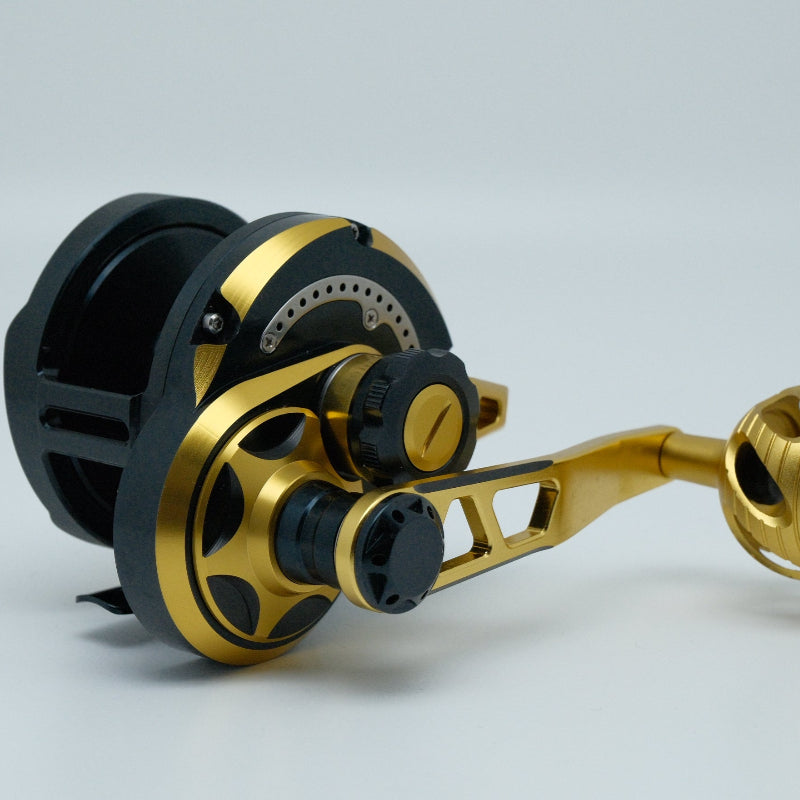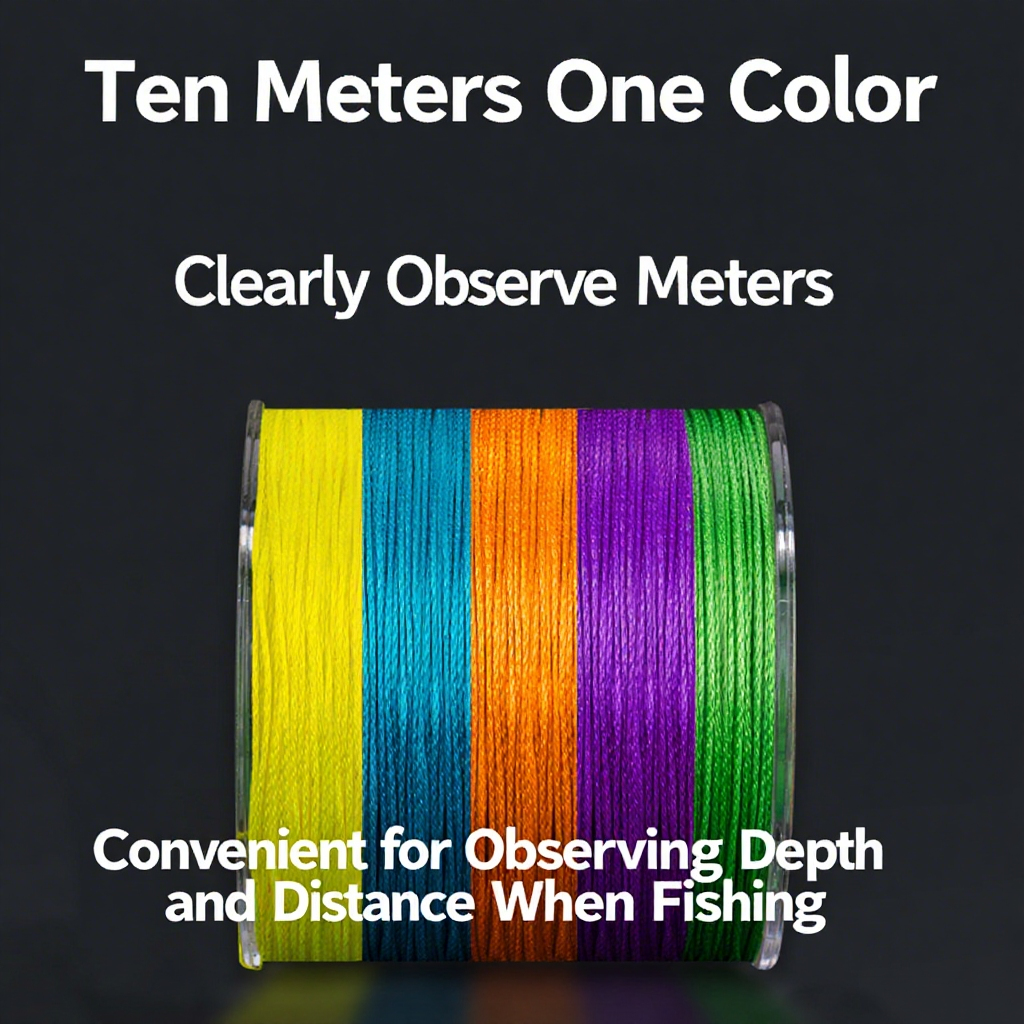Conventional Reel Care: 5 Steps to Keep Your Conventional Fishing Reel Fishing-Ready
Fishing is a beloved pastime, and your conventional reel is the unsung hero that keeps lures dancing and fish biting. But like any tool, it needs proper care to stay reliable. Whether you’re a weekend warrior or a seasoned angler, neglecting reel maintenance can lead to tangles, corrosion, and frustrating downtime. Let’s dive into the essential steps to keep your conventional reels in top shape—so you can spend more time reeling in memories and less time troubleshooting.
Step 1: Clean Your Conventional Reel Thoroughly After Every Use
Saltwater, sand, and even freshwater can wreak havoc on your conventional reel over time. After each trip, grab a soft brush (old toothbrushes work wonders!), warm water, and mild dish soap. Gently scrub the spool, gears, and frame to remove debris, salt residue, and grease buildup. Pay special attention to the level wind mechanism—a common culprit for tangles in goofish level wind conventional reels. Rinse with clean water and pat dry with a microfiber cloth to prevent moisture-related damage. Pro tip: For stubborn salt deposits, soak the reel in a bucket of fresh water for 15 minutes before scrubbing.
Step 2: Lubricate Moving Parts to Ensure Smooth Operation
A well-lubricated fishing reel runs quieter, casts farther, and lasts longer. Once your reel is completely dry, apply a few drops of high-quality reel lubricant (avoid WD-40 or heavy oils, which can attract dirt) to key areas: the main shaft, bail spring, drag adjustment knob, and gear teeth. For conventional reels with a level wind system, focus on the guide arm and line distributor to prevent binding. Remember: less is more! Excess lubricant can attract debris, so wipe away any excess with a clean cloth.
Step 3: Inspect and Replace Worn Components
Preventative maintenance starts with a visual check. Look for frayed line, bent bail wires, chipped drag washers, or cracks in the spool rim. Even minor wear can compromise performance, especially in high-stress situations like battling big fish. Replace worn parts immediately—with quality replacements designed for your reel model. For anglers using a gofish level wind conventional reel, pay extra attention to the level wind guides, as they experience constant friction and may need replacement more frequently.
Step 4: Adjust Drag and Line Tension for Optimal Performance
A properly adjusted drag system is critical for landing fish without snapping the line. Start by loosening the drag knob fully, then thread your line (matching the reel’s recommended pound-test) through the guides. Hold the reel handle and pull the line gently—drag should engage smoothly without slipping. For conventional reels, adjust the drag so it’s about 25% of the fish’s estimated weight. Don’t forget to test the bail: open and close it several times to ensure it latches securely and releases the line effortlessly.
Step 5: Store Your Conventional Reel Properly to Prolong Lifespan
Even the best-maintained reels suffer from poor storage. After cleaning and lubricating, wind your line evenly (avoid overfilling the spool by 1/8 inch) and secure the bail in the closed position. Store your reel in a cool, dry place away from direct sunlight—UV rays degrade plastic components over time. For long-term storage, wrap the reel in a soft cloth or breathable bag to protect it from dust and moisture. Pro tip: Never hang your reel by the handle; lay it flat or use a reel stand to prevent warping.
Final Tips for Long-Lasting Conventional Reels**
Consistency is key—incorporate these steps into your pre- and post-fishing routine, and your conventional fishing reel will reward you with years of reliable service. Whether you prefer trolling for bass, casting for trout, or deep-sea fishing, a well-cared-for reel enhances your confidence and connection to the water. For anglers with a gofish level wind conventional reel, regular checks on the level wind system will ensure smooth, accurate line distribution every time you cast.
Ready to hit the water with a reel that’s ready for action? Start your reel care journey today—and watch your catches (and reel lifespan) soar!
By following these 5 steps, you’ll not only extend the life of your conventional reel but also elevate your fishing experience. Remember: a happy reel means happy angling! 🎣











Leave a comment